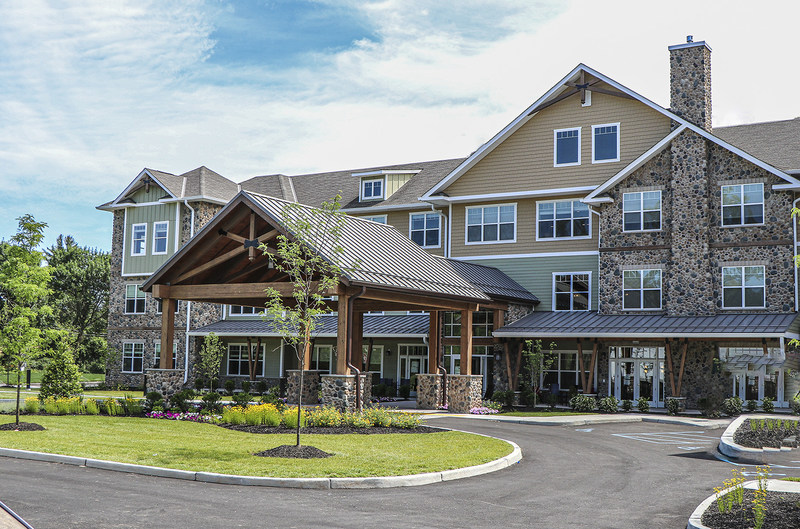Communicating With Your Loved Ones in Long-Term Care Facilities During Disaster Situations
October 4, 2019
By Doug Wilcox
Natural disasters are unavoidable, and elderly individuals, especially those in long-term care facilities, are particularly at risk during and after these events. Powerful hurricanes, such as the recent Hurricane Dorian, can seriously displace residents of long-term care facilities. During these times, family members and loved ones are faced with anxieties and uncertainties when it comes to resident care and wellbeing.
Convenient and meaningful two-way communication is an essential element of disaster preparedness at long-term care facilities. Facilities that already have proper communication channels in place are better suited to handle resident/family interactions during crises.
Many loved ones may be quick to pick up the phone and call relentlessly to receive information and updates on the status of residents – however, this is not a viable or efficient method of communicating during these times.
Increased calls to facilities will only take away time from nurses, time that can be better spent focusing on providing quality care. In this instance, it’s best to trust that the facility will notify you of any critical information that needs immediate attention. Care facilities have emergency plans in place and provide their employees with emergency preparedness training, which typically details communication efforts for notifying family members of the situation.
Before you call persistently trying to contact the care providers, below are a few tools at your disposal to utilize:
Provider websites: Your first step should be to check & monitor the care facilities’ website or built-in communication channels for critical information and updates.
Social media: In our digital-first world, social media is a powerful tool for receiving information. During crises that require the need for mass communication, providers can update resident families in real-time and frequently by utilizing social media platforms like Facebook and Twitter.
Communication platforms: Utilize external communication platforms that create direct lines of communication between residents, resident families, and caregivers.
There may be times when facilities lose electricity, which means there’s limited or no access to phones, faxes, and the Internet. Facilities are well equipped to keep your loved ones safe during these extreme cases; they work diligently to have back-up EMR systems retain critical data for health information and tracking. Trust that providers have residents’ best interest in mind and will keep them out of harm’s way.
Facilities will be in contact with state, local, and federal emergency communications systems and they will update you with relevant information when possible. There’s no denying that natural disasters and crises create a great deal of concern for those who have loved ones in care facilities. The best thing to do is to stay calm and be confident that the care facility is handling the situation and will be in touch with more detail when possible.
To feel confident that you’re loved one is in good hands, you can question how the long-term care facility is prepared to handle emergencies and what tools they use to communicate non-critical or day-to-day situations. It’s important to be aware and in the loop on how facilities plan to handle natural disasters and crises. Having a better understanding of the facility’s plan for action can help to alleviate any concerns when it comes to communication.
Consider asking the LTC facility the following questions:
– What is the facility’s emergency disaster preparedness plan?
– Are there different protocols for evacuation and for sheltering in place?
– Has the facility upgraded technology to better suit the communication needs of resident family members?
– How will I be notified of my loved one’s status and wellbeing?
– How often can I expect updates?
– Is there a preferred method of communication to be utilized during natural disasters or crises?
Long-term care providers that are up to date on recent technology and that have implemented innovative communication channels, before an emergency will be better equipped when disaster strikes. It’s important for family members and loved ones to be familiar with facilities’ emergency preparedness plans and to understand the best ways to receive information during these hard times.
Technology is the driver behind efficient and integrated communications. When care facilities are in-step with the digital age and prepared with valuable communication tools, real-time and relevant engagement during crisis becomes more satisfying for families, facilities, and caregivers.
CREDIT: Doug Wilcox is the Co-Founder and CEO of SafeKeeping, an integrated care dashboard for long-term care providers that utilizes facilities’ electronic medical record data to improve health outcomes for caregivers, family members, and residents. SafeKeeping provides solutions to operational inefficiencies at long-term care facilities and creates a direct line of communication between medical providers and resident’s family members. This piece was originally published by HIT Consultant.
